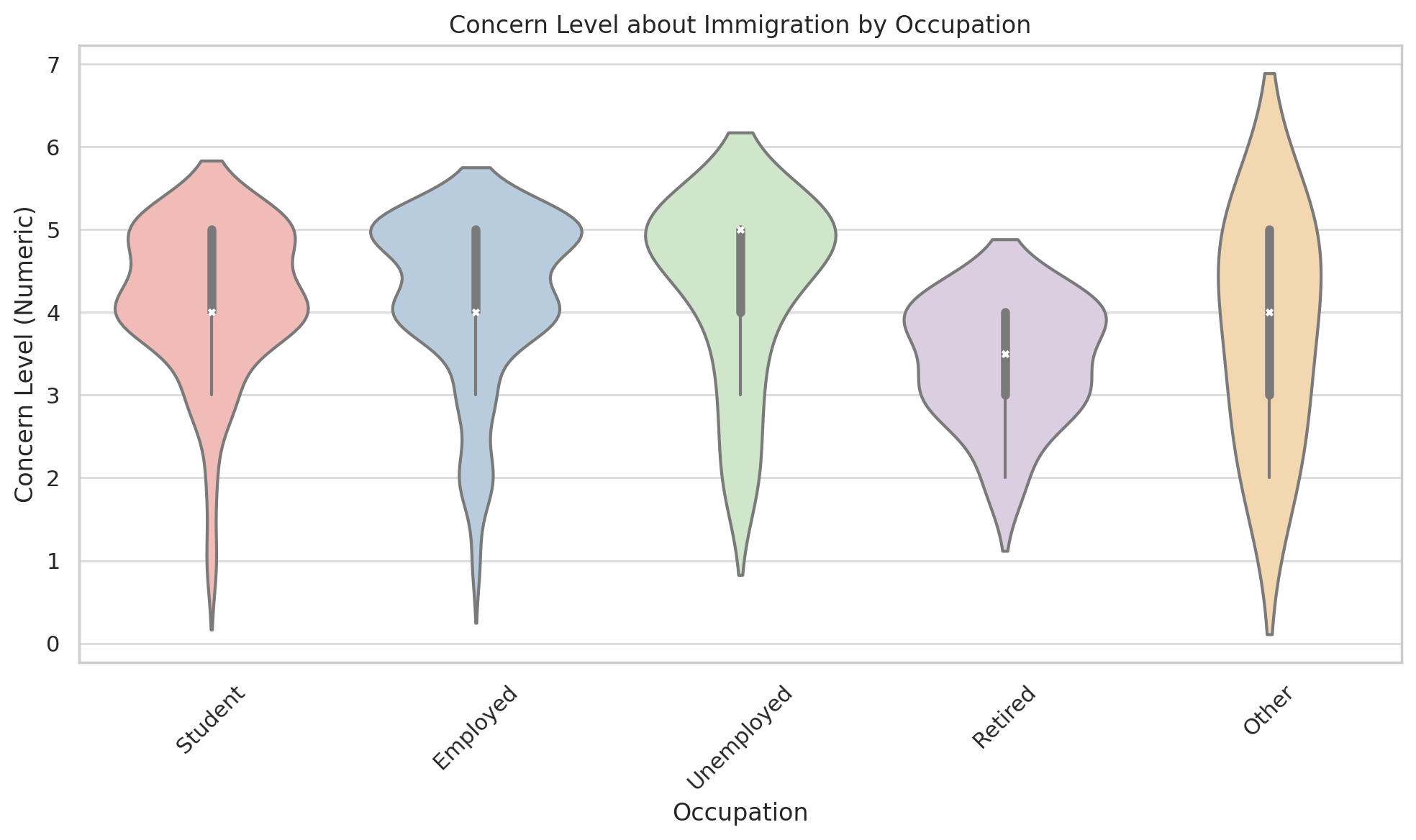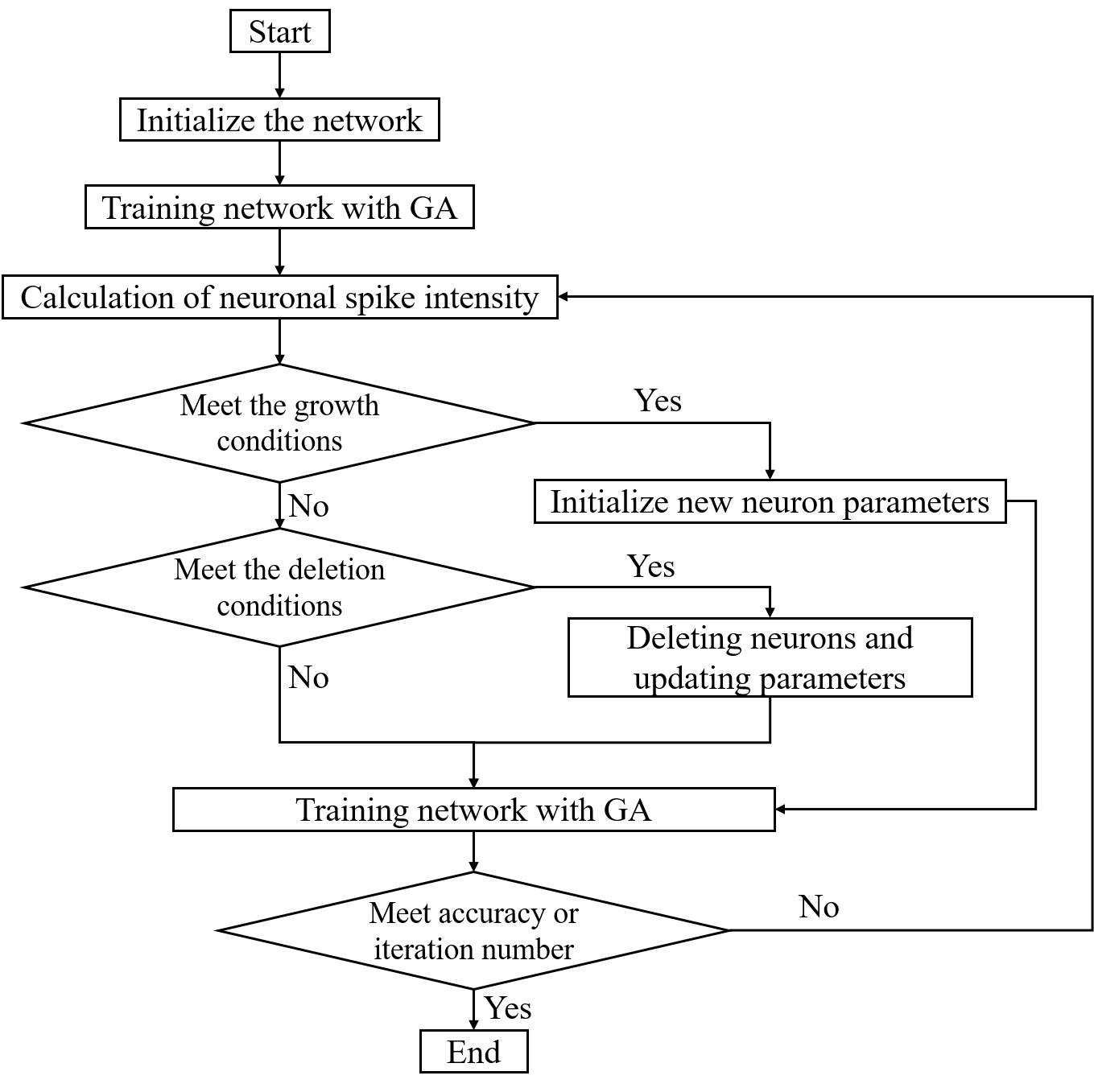 An open access journal
An open access journal
Augmented Reality in Education: Enhancing Learning through Immersive Experiences
Abstract
Augmented Reality (AR) is transforming education by providing immersive and interactive learning experiences. This paper explores the significance of AR in education, emphasizing its role in enhancing student engagement, spatial understanding, and skill development. It delves into various aspects, including AR applications, markerless tracking, and AR content creation tools. The discussion includes the benefits of AR in education, such as personalized learning, real-world simulations, and collaborative learning environments. Moreover, the paper addresses the challenges and considerations in integrating AR into educational settings, including hardware requirements and pedagogical strategies. Through a review of AR-based educational initiatives and emerging trends, the study highlights the positive outcomes associated with harnessing AR for educational purposes.
Share and Cite
Article Metrics
References
- Dede, C. (2009). Immersive interfaces for engagement and learning. Science, 323(5910), 66-69.
- Dunleavy, M., Dede, C., & Mitchell, R. (2009). Affordances and limitations of immersive participatory augmented reality simulations for teaching and learning. Journal of Science Education and Technology, 18(1), 7-22.
- Klopfer, E., Osterweil, S., & Salen, K. (2009). Moving learning games forward: Obstacles, opportunities, and openness. The Education Arcade, 1-24.
- Milgram, P., & Kishino, F. (1994). A taxonomy of mixed reality visual displays. IEICE TRANSACTIONS on Information and Systems, 77(12), 1321-1329.
- Wu, H. K., Lee, S. W. Y., Chang, H. Y., & Liang, J. C. (2013). Current status, opportunities and challenges of augmented reality in education. Computers & Education, 62, 41-49.






